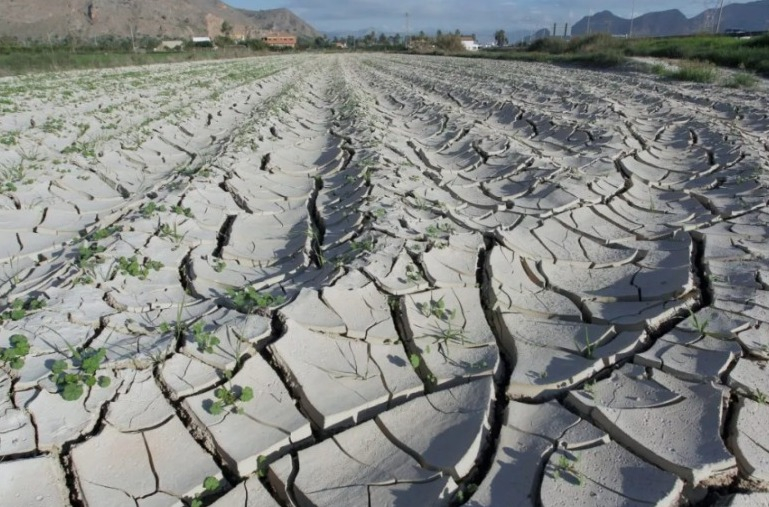
Climate catastrophes, health crises or wars have caused US$3.8 trillion in losses in crops and livestock in 30 years, according to a report published on Friday by the Food and Agriculture Organization of the United Nations (FAO).
This is equivalent to about US$123 billion annually or 5% of the wealth produced by farmers between 1991 and 2021, the document details.
“The international community is becoming aware of the considerable increase in the number of disasters (…), which have quadrupled since the 1970s, and of the fact that these events have a major impact on agriculture and agri-food systems,” he explained. to AFP Piero Conforti, from the FAO statistics division, who is making an estimate of this type for the first time.
The increase in the number of annual disasters is mainly due to climate change – with extreme temperatures, droughts, floods and storms -, pandemics such as COVID-19, epidemics such as African swine fever and armed conflicts, according to the report.
Damage increases, not necessarily in value, but in quantity. Every year an average of 69 million tonnes of cereals, 40 million tonnes of fruit and vegetables and 16 million tonnes of meat, dairy products and eggs are lost.
Around 23% of economic losses due to catastrophes are suffered by the agricultural sector. Although Asia suffered the greatest damage (45% of the total), this corresponds to 4% of its agricultural GDP.
But in the Horn of Africa, regularly hit by drought, an average of 15% of crops and livestock are lost. Disasters also have a relatively greater impact on island developing states, which lose an average of 7% of their agricultural GDP.
“There is no silver bullet (…), but a series of practices can improve the resilience of agricultural systems,” said Conforti. This may involve agronomic techniques but also preventive actions such as warning systems.
Source: Larepublica
Alia is a professional author and journalist, working at 247 news agency. She writes on various topics from economy news to general interest pieces, providing readers with relevant and informative content. With years of experience, she brings a unique perspective and in-depth analysis to her work.












